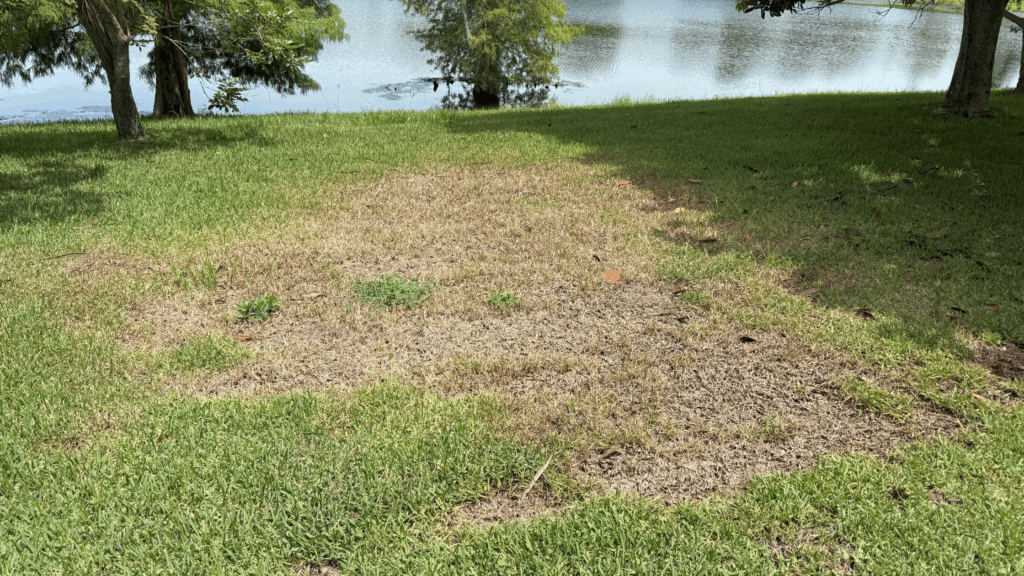Understanding and Managing Gnats in the Workplace
Gnats can be a common nuisance in office or commercial spaces. They primarily originate from two sources: indoor plant soil and garbage.

What are Fungus Gnats?
Fungus gnats are small, delicate insects with slender bodies and distinctive features. They are commonly found in or around moist or overwatered soil and feed on fungi and decaying organic matter.
Key characteristics of fungus gnats include:
- Dark gray to black color
- 1.5 to 4 millimeters in length
- Wings longer than their bodies
- Long, thread-like antennae
- Worm-like larvae found in soil
Where Do You Find Fungus Gnats in the Workplace?
Fungus gnat larvae remain on the soil and near the bottom of affected plants, making infestations difficult to identify until significant damage has occurred. These gnats thrive in areas with rich, damp soil, where they lay their eggs. The larvae feed on plant roots, root hairs, and stems, leading to declining plant health.
Potted plant soil is a frequent breeding ground for gnats due to its consistently damp conditions and nutrient-rich environment. These pests can be challenging to eliminate because they lay eggs deep in the soil, making surface treatments ineffective against the larvae. Kitchen scraps left in breakrooms or kitchen areas for extended periods also attract gnats. Fruit and fruit scraps, in particular, are high in sugar, providing the energy gnats need to reproduce rapidly.
Managing Fungus Gnats
To effectively exterminate fungus gnats, you must remove all fungal growth from the plant soil. If you have an infestation in potted plants, allow the soil to dry completely between watering periods and avoid overwatering. Protecting commercial crops from fungus gnats can be more challenging. Identify the infestation location, then rake away the topsoil to expose the eggs and larvae to air and sunlight. Once you dry out these areas, a Turner Pest professional can apply specialized chemical treatments.
Fungus Gnats in the Workplace
While fungus gnats are known pests in greenhouses and nurseries, they can also infest office buildings with interior plantscapes. Although they do not bite or transmit diseases, their presence is often unwelcome, especially in large numbers.
Moisture is crucial for a fungus gnat’s survival, as eggs and larvae cannot survive in dry environments. Overwatering or poor drainage in indoor plants creates ideal pest breeding sites. Reducing excessive watering and increasing the interval between watering can significantly decrease fungus gnat populations. Always check the moisture level before watering plants.
Fungus Gnat Control Through Turner Pest
Controlling fungus gnats can be challenging, but effective strategies exist. These flies are attracted to overly wet soil. Allowing the top 2 inches of soil to dry out can kill the spores and fungi that gnats need to survive. During this drying period, placing sticky traps can prevent adult gnats from laying new eggs. Additionally, changing the plant soil and applying pesticides, such as granules or microencapsulated chemicals, can help control the gnat population.
Management methods should focus on the pupa/larva stages by reducing organic debris and excess moisture. Although fungus gnats are more likely to damage plants in greenhouses and other indoor locations, they can also be a nuisance outdoors. Therefore, including fungus gnat control in your overall commercial fungus gnat control program through Turner is essential – Get started by filling out our Free Inspection Form.



